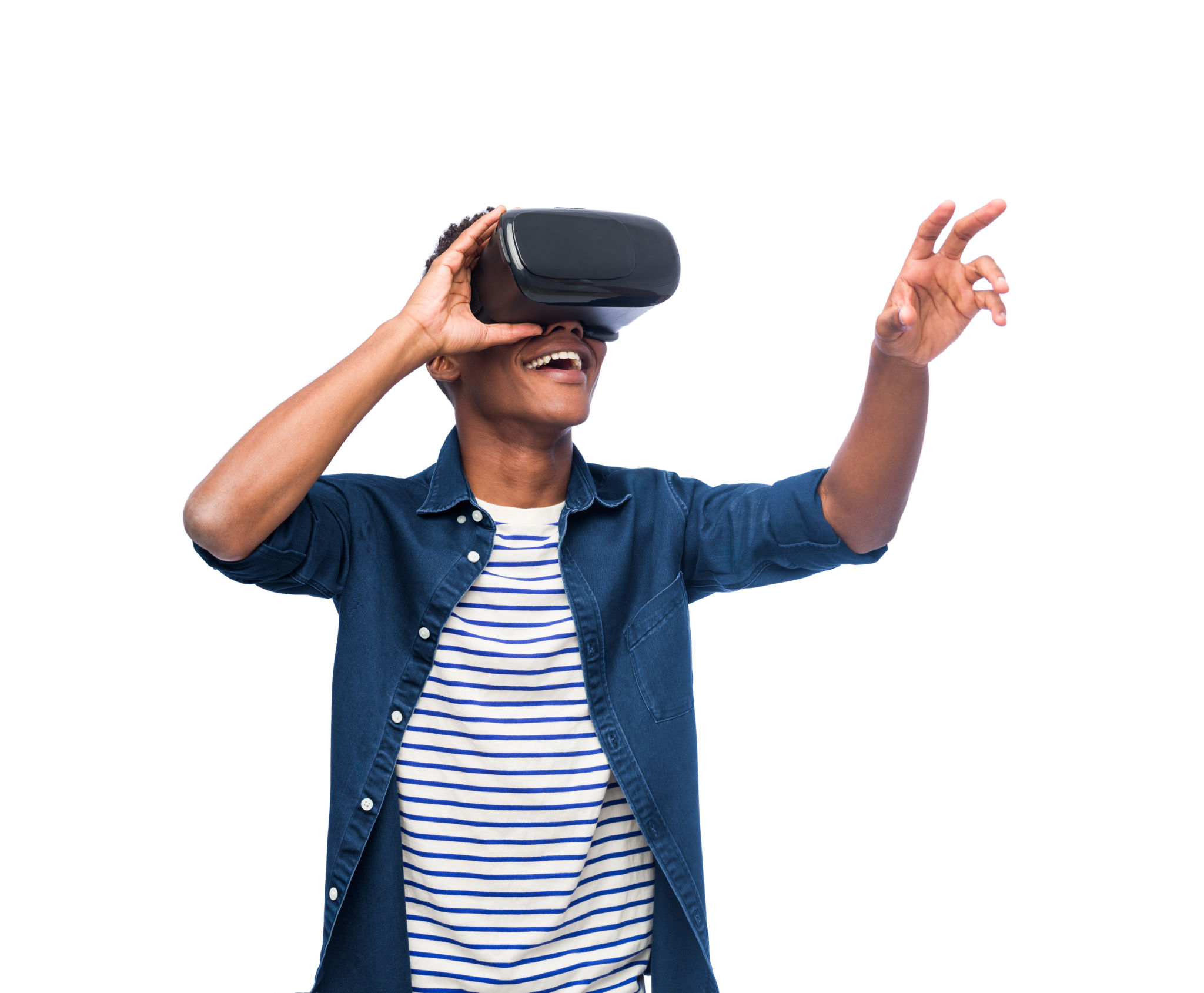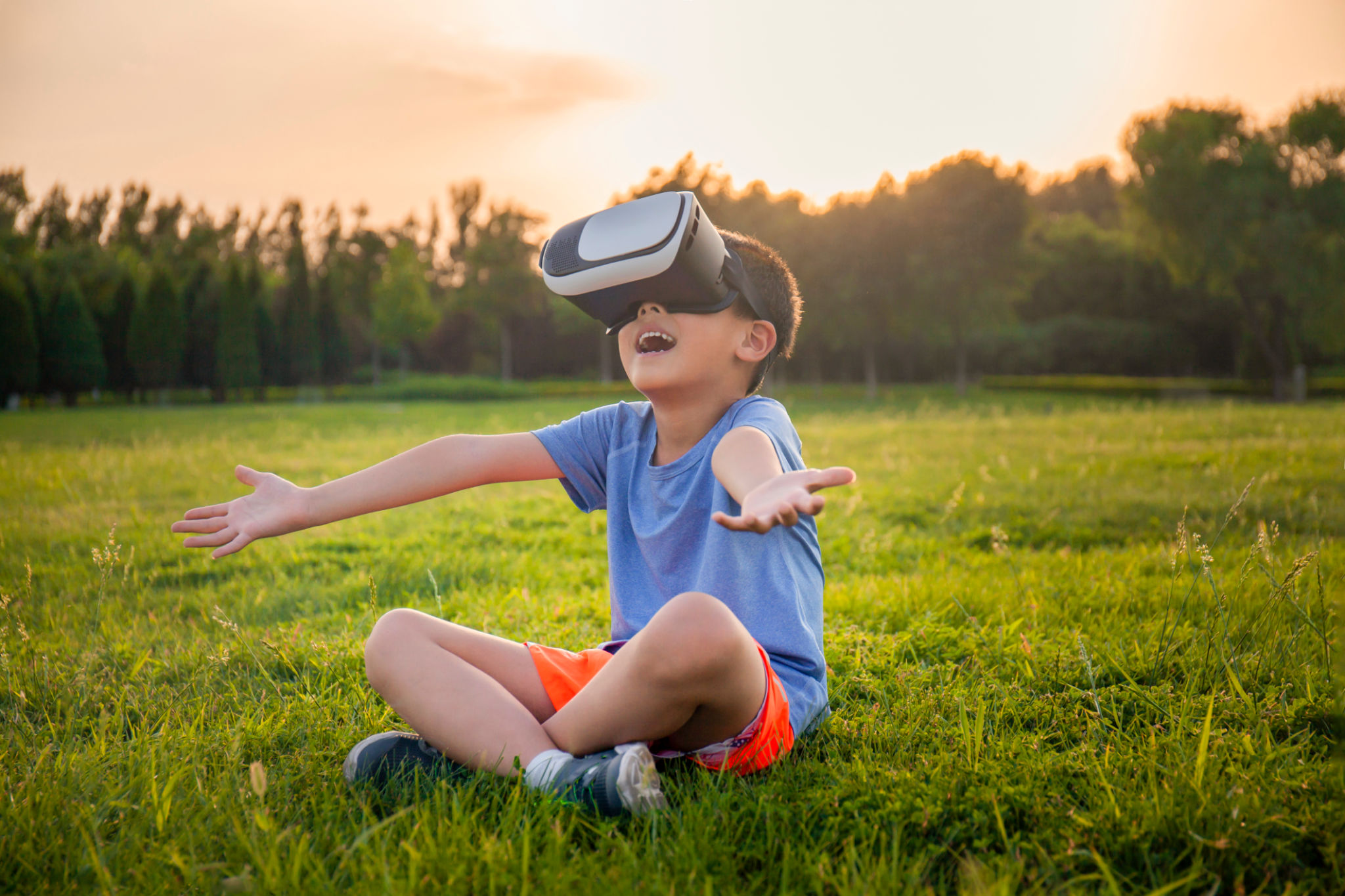How Virtual Reality is Transforming Learning for Kids
Introduction to Virtual Reality in Education
Virtual reality (VR) is no longer just a concept of science fiction. It has become an integral part of various fields, including education. By creating immersive and interactive experiences, VR is transforming the way children learn and engage with educational content. This technology allows students to explore new worlds and acquire knowledge in ways that were previously unimaginable.

The Benefits of VR for Learning
One of the primary benefits of VR in education is its ability to make learning more engaging. Traditional teaching methods often struggle to capture the attention of young learners, but VR provides a dynamic platform that keeps students interested and motivated. By allowing children to interact with digital environments, VR encourages active participation and hands-on learning.
Moreover, VR can cater to various learning styles. Whether a child is a visual, auditory, or kinesthetic learner, VR can provide tailored experiences that enhance understanding and retention. This adaptability makes VR a powerful tool in addressing the diverse needs of students.
Enhancing Understanding Through Immersion
Immersion is a key factor in effective learning, and VR excels in this aspect. By placing students in virtual settings, they can gain a deeper understanding of complex subjects. For instance, history lessons can be transformed into virtual tours of ancient civilizations, allowing children to witness historical events firsthand.

In science education, VR can simulate experiments that might be too dangerous or impractical to conduct in a traditional classroom. This not only enhances comprehension but also fosters curiosity and encourages students to explore further.
Fostering Creativity and Imagination
VR is also a powerful catalyst for creativity and imagination. Children can create their own virtual worlds, design objects, and even develop simple VR applications. This creative freedom not only enhances technical skills but also nurtures problem-solving abilities and innovation.

Building Empathy and Social Skills
Beyond academic benefits, VR can play a significant role in building empathy and social skills. By simulating diverse perspectives and scenarios, VR helps children understand different cultures and experiences, fostering empathy and global awareness. Moreover, collaborative VR environments encourage teamwork and communication among peers.
Challenges and Considerations
While the advantages of VR in education are numerous, there are challenges to consider. Accessibility remains a significant issue, as not all schools have the resources to implement this technology. Additionally, ensuring age-appropriate content and managing screen time are crucial considerations for educators and parents.
Despite these challenges, the potential of VR to revolutionize education is undeniable. As technology continues to advance, it is likely that VR will become more accessible and integrated into mainstream education systems.
The Future of Learning with Virtual Reality
The future of education is bright with the integration of virtual reality. As more educators recognize its potential, we can expect to see innovative applications that further enhance learning experiences for children. By embracing this technology today, we are paving the way for a more engaging, inclusive, and effective educational landscape for future generations.
